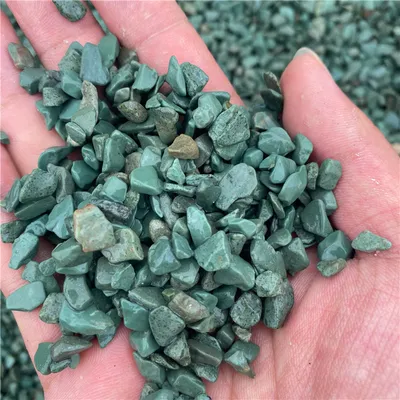
types of zeolite
Understanding the Types of Zeolites
Zeolites are naturally occurring or synthetic aluminosilicate minerals characterized by a porous structure. These unique materials have versatile applications in various fields, including catalysis, ion exchange, gas separation, and environmental remediation. Due to their unique properties, zeolites have garnered significant interest among researchers and industries alike. This article will explore the various types of zeolites, their structures, properties, and applications.
Natural Zeolites
Natural zeolites are formed through geological processes and can be found in volcanic rocks and sedimentary deposits. The most common types include
1. Clinoptilolite This is one of the most abundant natural zeolites. Clinoptilolite is known for its high cation-exchange capacity, making it useful in water purification and as a soil conditioner in agriculture. Its ability to absorb ammonia and heavy metals allows it to be used in animal farming and waste management.
2. Mordenite Mordenite has a unique framework structure, which provides it with a high surface area and an excellent adsorption ability for various gases and liquids. It is commonly used in drying agents and as a catalyst in various chemical reactions.
3. Chabazite This zeolite, often found in volcanic ash, is notable for its selective adsorption properties. Its affinity for certain cations makes it useful in applications such as gas separation and ion-exchange processes.
Synthetic Zeolites
Synthetic zeolites are engineered to have specific properties tailored for particular applications. They are produced through hydrothermal synthesis processes, leading to a wide variety of structural types. Some commonly used synthetic zeolites include
1. ZSM-5 One of the most widely used synthetic zeolites in the petroleum industry, ZSM-5 is prized for its catalytic properties. Its unique pore structure allows it to facilitate chemical reactions, including cracking and isomerization. Its shape-selectivity helps in producing high-octane fuels.
2. Beta Zeolite Known for its high thermal stability and larger pore size, Beta zeolite is used in catalytic cracking and the synthesis of chemicals due to its ability to accommodate larger molecules. Its structure allows for rapid diffusion of reactants, making it highly efficient in catalytic processes.
3. Faujasite This zeolite includes both X and Y forms and is used extensively in the petrochemical industry. Faujasite possesses a high cation-exchange capacity and large pore openings, which makes it suitable for separating large molecules and catalyzing various hydrocarbon reactions.
Structural Classification of Zeolites
types of zeolite

Zeolites are categorized based on their crystal structures, which determine their properties and potential applications. The structural classification is based on the size and shape of their channels and cages. Some of the key structural frameworks include
1. LTA (Linde Type A) This zeolite has a three-dimensional pore structure with small openings, which makes it excellent for molecular sieving and ion-exchange procedures.
2. FAU (Faujasite) Characterized by larger pore openings, FAU is suitable for catalytic processes and is known for its adsorption capabilities.
3. MFI (ZSM-5) With a unique network of 10-membered rings, MFI zeolites are highly valued for their catalytic properties, particularly in hydrocarbon conversion.
Applications of Zeolites
The applications of zeolites are vast, bridging various industries
- Catalysis Zeolites serve as catalysts in petrochemical processes, enabling the conversion of hydrocarbons into valuable fuels and chemicals.
- Environmental Remediation Due to their ion-exchange properties, zeolites are used to remove heavy metals and radioactive materials from wastewater, contributing to environmental clean-up efforts.
- Agriculture Natural zeolites improve soil health by enhancing water retention and nutrient exchange, promoting sustainable agricultural practices.
- Gas Separation The selective adsorption properties of zeolites make them ideal for separating gases, which is crucial for industries involved in natural gas processing and air separation.
Conclusion
Zeolites, both natural and synthetic, play a crucial role in various industries owing to their unique properties and versatile applications. Their ability to facilitate chemical reactions, adsorb gases, and exchange ions makes them indispensable in modern technology and environmental sustainability efforts. As research in material science continues to evolve, the potential for new zeolite types and applications remains promising, paving the way for innovations in catalysis, purification processes, and more sustainable practices across different sectors.
Share
-
Fly Ash Solutions Enhanced by GPT-4 Turbo | Sustainable InnovationNewsAug.01,2025
-
Natural Premium Bentonite Cat Litter - Superior ClumpingNewsJul.31,2025
-
Premium Resin Coated Sand - High Heat Resistance CastingNewsJul.31,2025
-
High Quality Silicon Carbide Grit for Abrasive ApplicationsNewsJul.30,2025
-
High-Quality Ceramsite for Plants & Gardening | Lightweight PebblesNewsJul.29,2025
-
Premium Burgundy Glass Marbles for Vases & Shooter GamesNewsJul.29,2025






